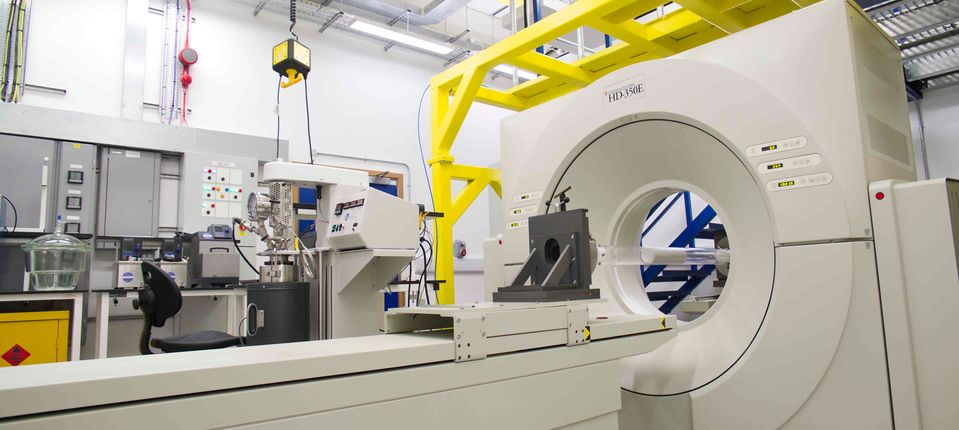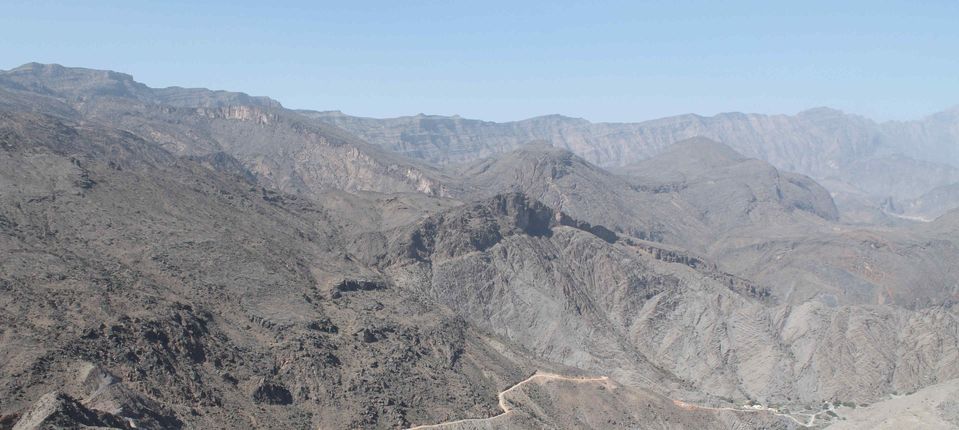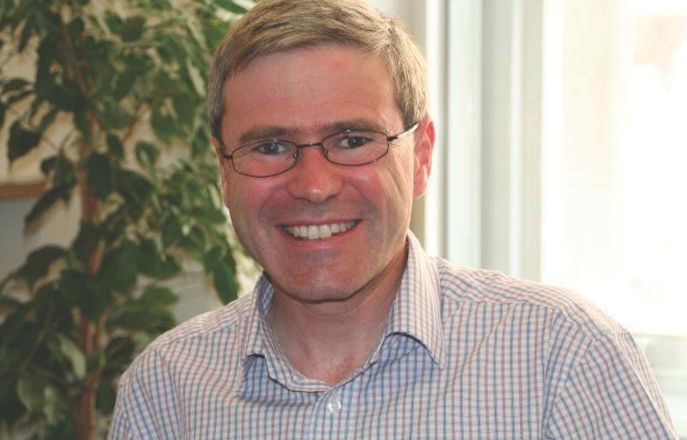Qatar Carbonate and Carbon Storage Research Centre
Welcome to the QCCSRC
Founded by Professor Geoffrey Maitland, the Qatar Carbonates and Carbon Storage Research Centre (QCCSRC) , is the result of a 10-year, $70 million strategic collaboration between Imperial College London, Qatar Petroleum, Shell and the Qatar Science and Technology Park, part of Qatar Foundation. We had a collective vision of QCCSRC initiating and maintaining with more than 80 academic staff, postdoctoral researchers and PhD students having been involved with the programme. Currently directed by Professor Martin Blunt, QCCSRC's expertise takes place across numerous different areas, including geological field studies, experimental laboratory studies to help validate modelling and simulations at molecular to pore to field scales.
QCCSRC has a number of objectives to advance our understanding of carbonate reservoirs, addressing challenges that include CCS, enhanced oil recovery (EOR) and producing clean fossil fuels. These include:
- Conducting novel geoscience research to better understand Qatari carbonate reservoirs.
- Supporting the deployment of carbon sequestration in carbonates by improving the underlying science and engineering.
- Developing local talent in Qatar through higher education and research training in geosciences and engineering capacity building and knowledge transfer.
Combining the expertise of:
- Qatar Petroleum
- Shell
- Qatar Science & Technology Park
- Imperial College London

"..."
QCCSRC Programme Summary
To make CCS globally commercial viable requires an understanding of the character of the rocks in question; understanding of the interaction between rocks and fluids at multiple scales; and the behaviour of fluids in a wide range of conditions. The programme includes fieldwork in Oman, UAE, Spain and UK to help understand the reservoir geology in the Middle East supplemented with laboratory work including the first application of clumped isotopes to reservoir descriptions. Numerous researchers working on how fluids flow through rocks of varying porosity and heterogeneity have built an imaging laboratory using X-Ray computer-aided tomography (CT) to observe the properties of carbon dioxide at reservoir conditions in an area of technology now known as “digital rocks”. Complimentary work looking at the thermophysical and transport properties of fluids (i.e., phase behaviour, interfacial properties) are improving our understanding of how fluids behave in the reservoir. Teams of modellers and simulation experts help make full use of the experimental data to help validate their predictive tools.







